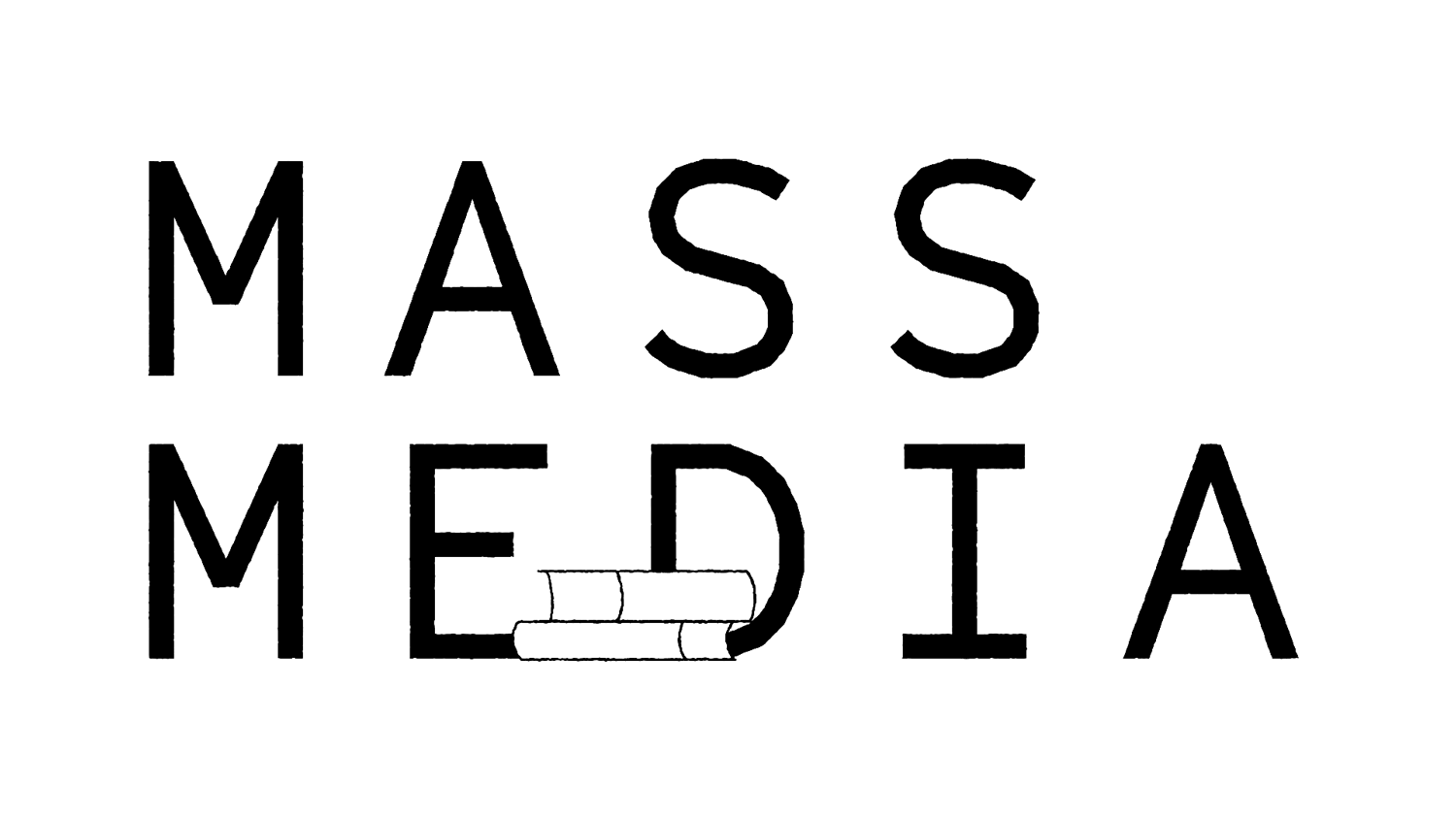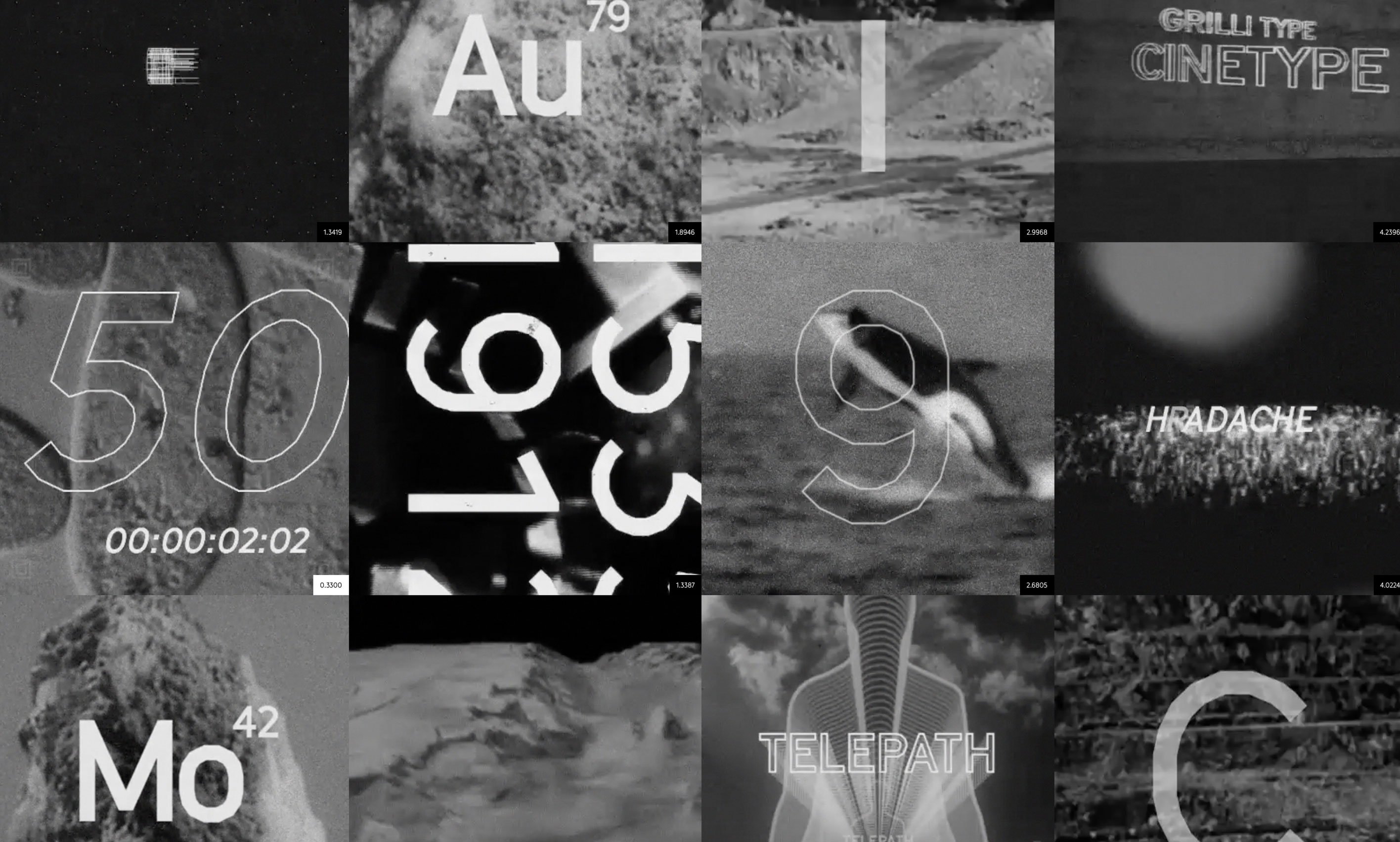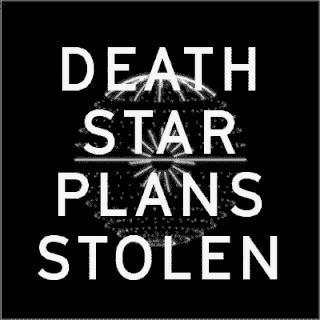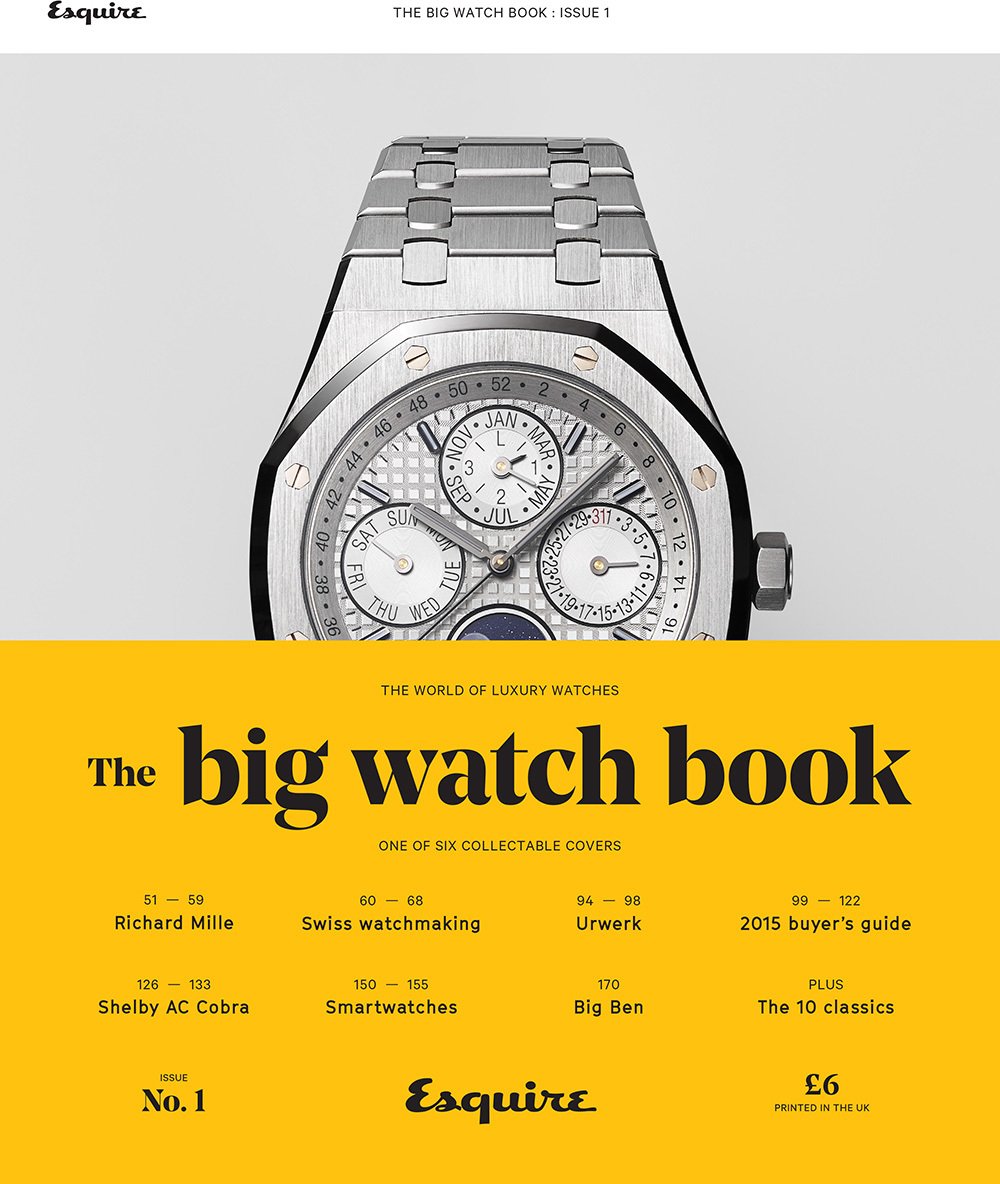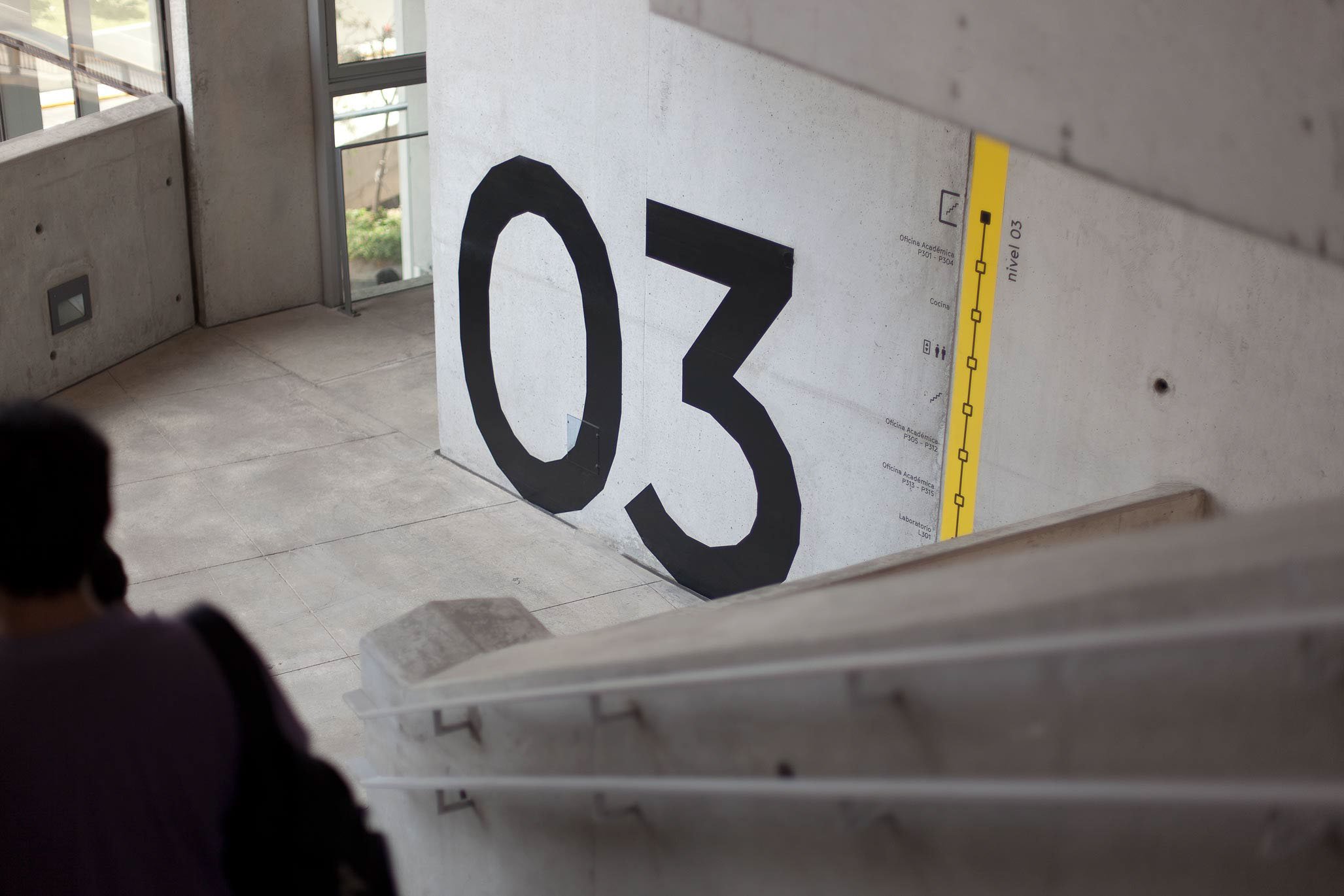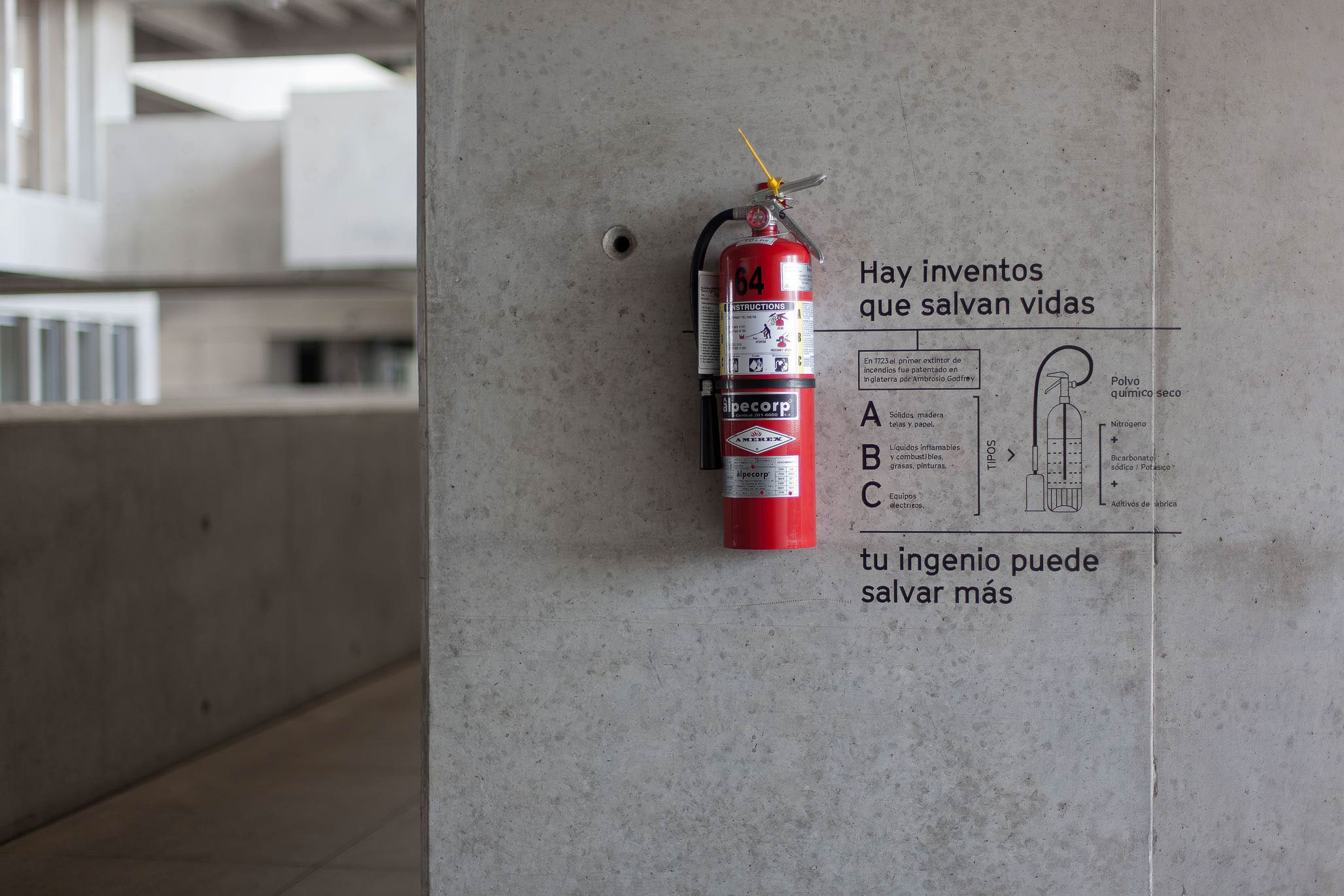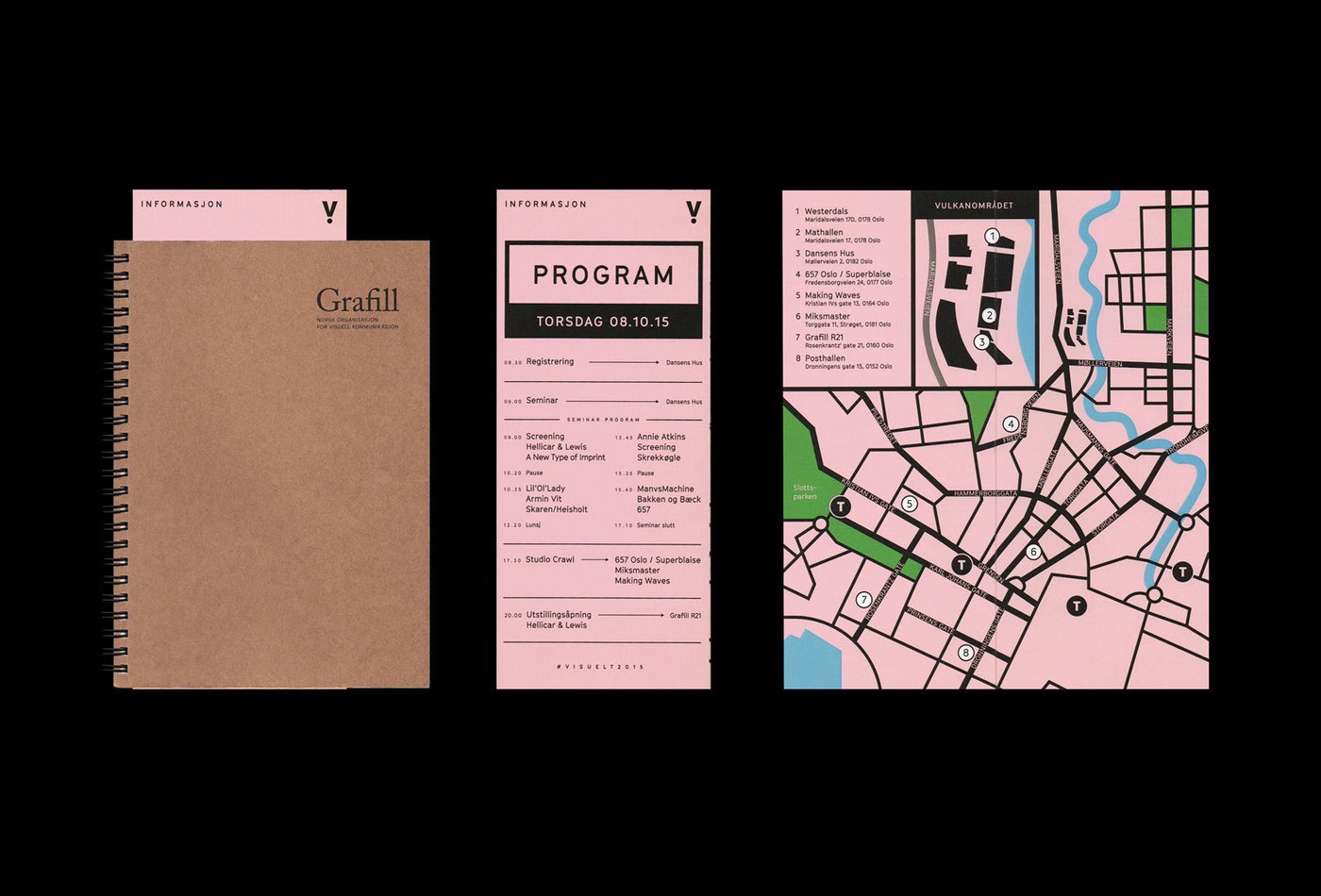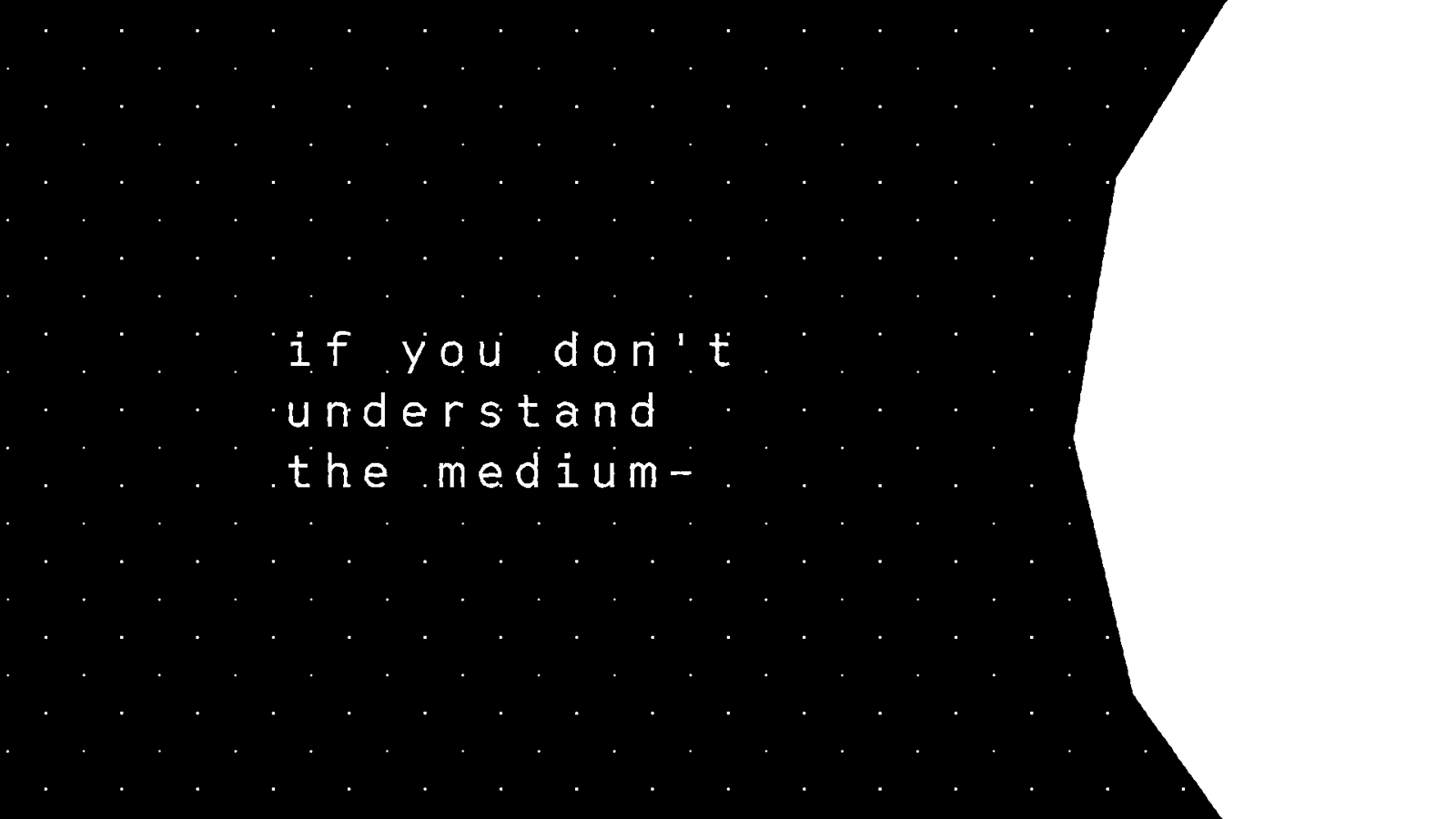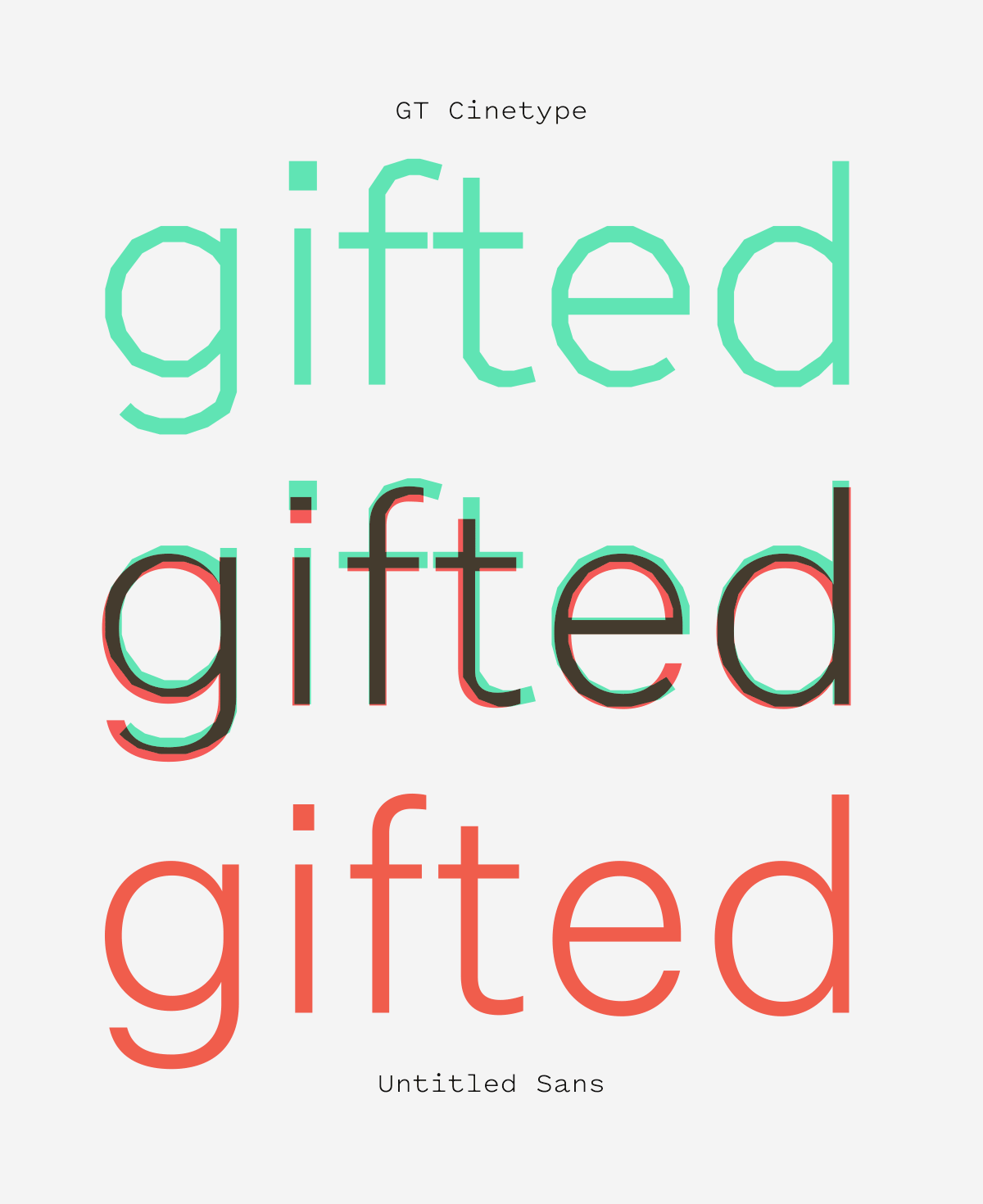GT Cinetype was designed in Mauro Paolozzi and Rafael Koch as an homage to the Swiss company Cinetype and inspired by a typeface design used by a machine that burned subtitles into film. The result is a quirky but competent sans that never feels weighed down by its design system which requires that every line is a straight one.
Characters like the “a” are endearing and ooze with simple charm. If you set the Cinetype small enough you might not even realize there’s not a single curved line in it. The lowercase Latin “f”, with its hooked end shows no sign of strain against the restrictions of its design; the stepped angles are just as delightful as those made with true curves.
The cinematic heritage of the typeface make it especially well suited to being reversed out of surface, to grainy aesthetics and to lo-fi technology references. Cinetype would look right at home next to the vector Death Star plans shown to the Rebels on Yavin 4[7], and Grilli Type’s promotional site for the font has great fun referencing not only classic films, but the technology that is core to their creation[2]. This style of typeface would historically have its jagged edges smoothed over by the halo effect of light as it burst through film, but we can only see Cinetype in its rough and naked state, missing the production layer that would have given it a greater sense of normalcy. As we’ve done with typefaces with ink traps that no longer serve any value and other type designs that were made to specifically counteract a limit of the technology of their time, we can still appreciate GT Cinetype and find new ways to embrace their specific restrictions.
